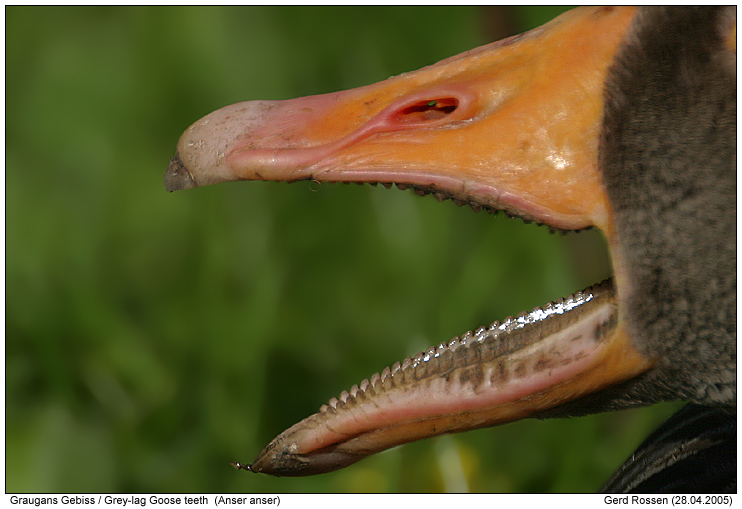Enmos
Valued Senior Member
LIMA, Peru (AP) — The unusually intact fossilized skull of a
giant, bony-toothed sea bird that died millions of years ago was found on
Peru's arid southern coast, researchers said Friday.
The museum said in a statement that the birds had wingspans of up to 20
feet (6 meters) and may have used the toothlike projections on their beaks
to prey on slippery fish and squid.
The cranium discovered in Peru is 16 inches long and is believed to be 8
million to 10 million years old, based on the age of the rock bed in which it
was found.
The formation, a coastal rock bed south of the capital, Lima, is known for
yielding fossils of whales, dolphins, turtles and other marine life dating as far
back as 14 million years.
Read more here: http://www.usatoday.com/tech/science/discoveries/2009-02-27-peru-fossil_N.htm

http://www.whnt.com/news/nationworld/sns-ap-lt-peru-fossil,0,6333225.story

Screen capture from: http://www.leeuwardercourant.nl/nieuws/video/article4428992.ece/Fossiel_schedel_reuzenvogel_gevonden
I just wanted to share. It reminded me a bit of Archaeopteryx
giant, bony-toothed sea bird that died millions of years ago was found on
Peru's arid southern coast, researchers said Friday.
The museum said in a statement that the birds had wingspans of up to 20
feet (6 meters) and may have used the toothlike projections on their beaks
to prey on slippery fish and squid.
The cranium discovered in Peru is 16 inches long and is believed to be 8
million to 10 million years old, based on the age of the rock bed in which it
was found.
The formation, a coastal rock bed south of the capital, Lima, is known for
yielding fossils of whales, dolphins, turtles and other marine life dating as far
back as 14 million years.
Read more here: http://www.usatoday.com/tech/science/discoveries/2009-02-27-peru-fossil_N.htm

http://www.whnt.com/news/nationworld/sns-ap-lt-peru-fossil,0,6333225.story

Screen capture from: http://www.leeuwardercourant.nl/nieuws/video/article4428992.ece/Fossiel_schedel_reuzenvogel_gevonden
I just wanted to share. It reminded me a bit of Archaeopteryx


